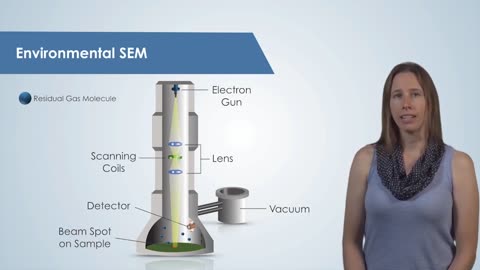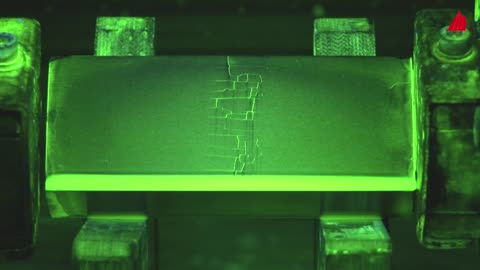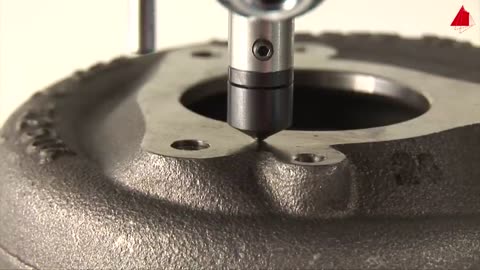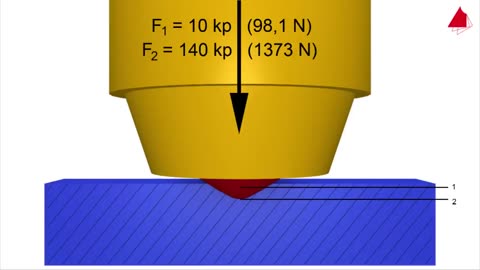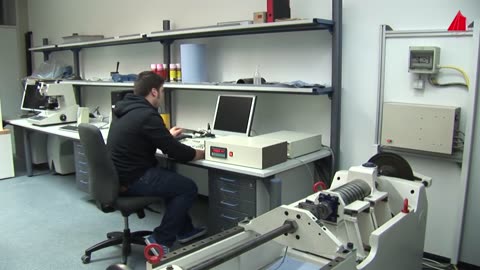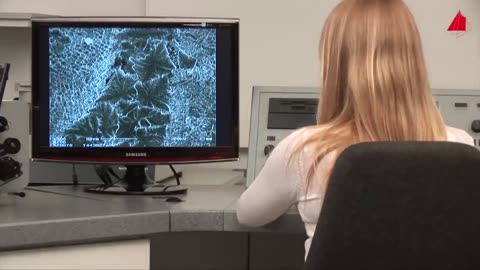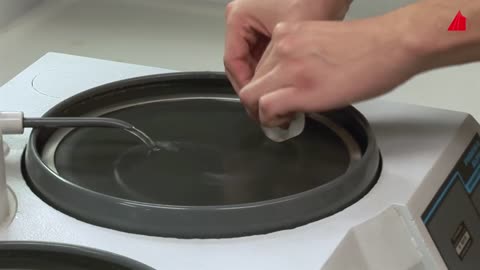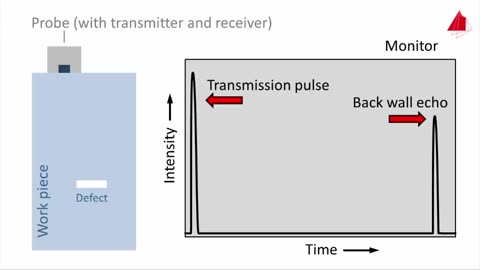Premium Only Content
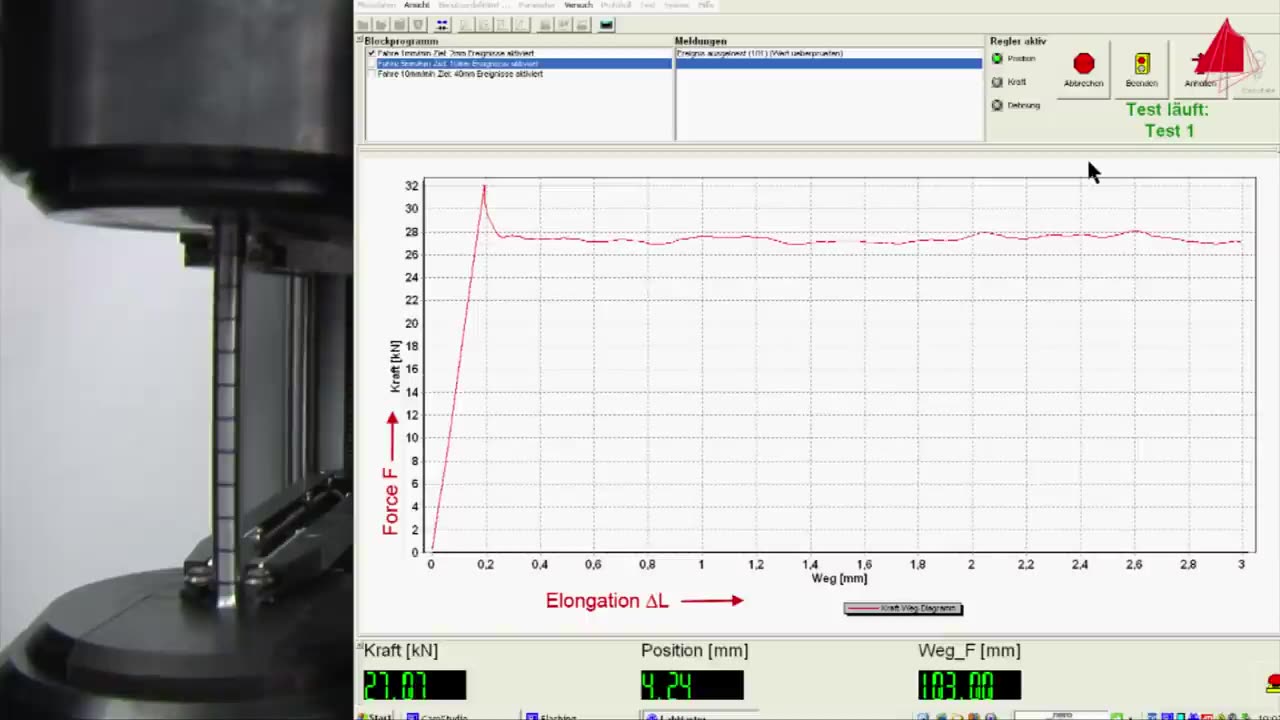
The Steel Making Process From Start to Finish - Material Science
RCast iron pan manufacturing process
RMaking a Caterpillar Engine Block at the Mapleton, IL Foundry
RIntroduction to the Scanning Electron Microscope (SEM)
Magnetic Particle Inspection: Material Science
Vickers Hardness Test - Material Science
Metallography - Macroscopic Techniques - Material Science
Dye Penetrant Inspection - Material Science
Brinell Hardness Test - Material Science
Rockwell Hardness Test: Material Science
Fatigue Test - Material Science
Material Science: Eddy Current Testing
Tensile Test: Material Science
The Scanning Electron Microscope: Material Science
Microscopic Techniques - Metallography - Material Science
Material Science: X-ray Inspection and Industrial Computed Tomography
Ultrasonic Testing Basics: Material Science NDT
Tensile Test: Material Science
Basic principle and practical procedure of the tensile test on ductile metallic materials
More material science videos
https://rumble.com/playlists/QExVxeOAGck
Tensile testing, also known as tension testing, is a fundamental materials science and engineering test in which a sample is subjected to a controlled tension until failure. Properties that are directly measured via a tensile test are ultimate tensile strength, breaking strength, maximum elongation and reduction in area. From these measurements the following properties can also be determined: Young's modulus, Poisson's ratio, yield strength, and strain-hardening characteristics. Uniaxial tensile testing is the most commonly used for obtaining the mechanical characteristics of isotropic materials. Some materials use biaxial tensile testing. The main difference between these testing machines being how load is applied on the materials.
-
 10:42:19
10:42:19
Reolock
15 hours agoWoW Classic Hardcore (LVL 60) | RAID DAY | Rumble FIRST HC Raid
57K4 -
 3:10:03
3:10:03
Barry Cunningham
12 hours agoTRUMP WEEKEND BRIEFING! MORE WINNING...MORE LEFTIES LOSING IT!
45.5K33 -
 2:20:09
2:20:09
Tundra Tactical
11 hours ago $2.14 earnedIs Trumps Executive Order A Second Amendment Wishlist???: The Worlds Okayest Gun Live Stream
28.1K1 -
 2:33:51
2:33:51
John Crump Live
16 hours ago $19.75 earnedSaturday Night Main Event!
88.8K8 -
 13:57
13:57
TimcastIRL
22 hours agoTrump NUKES IRS After DOGE Investigation, OVER 9000 Employees To Be FIRED
109K168 -
 13:35
13:35
Russell Brand
15 hours agoPFIZER JUST MADE THEIR NEXT MOVE AND EXPERTS ARE TERRIFIED
131K241 -
 1:15:57
1:15:57
Victor Davis Hanson Show
1 day agoOver Here, Over There: the Russo-Japanese War and Trumpian Peace Policy
61.9K35 -
 23:55
23:55
MYLUNCHBREAK CHANNEL PAGE
1 day agoThe Nephilim Are Here
90.2K82 -
 1:00:58
1:00:58
Break The Cycle w/ Joshua Smith
12 hours ago $1.63 earnedBreak The Cycle Ep. 247: Funny Guys w/ Robbie "The Fire" Bernstein
27.1K1 -
 41:26
41:26
TheTapeLibrary
1 day ago $9.82 earnedThe Disturbing Horrors of the Trans-Allegheny Lunatic Asylum
58.7K6



